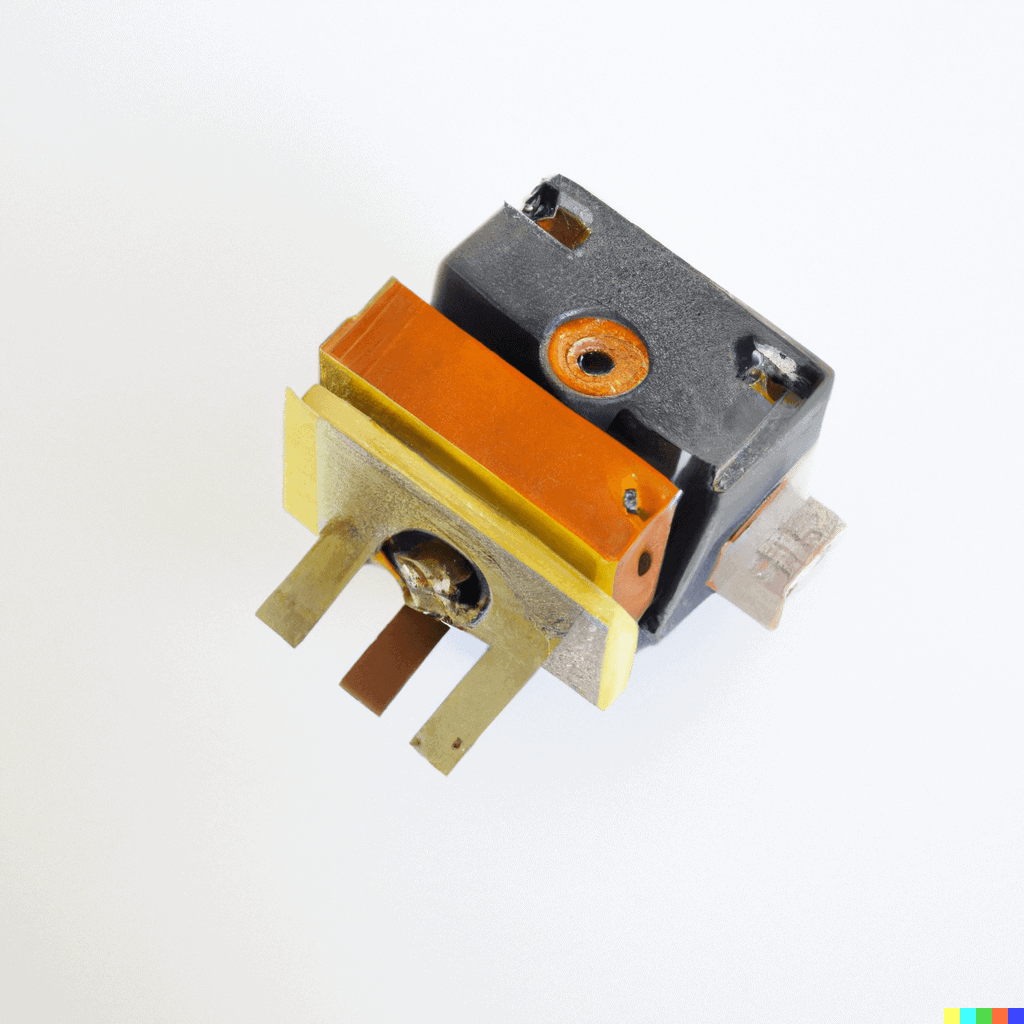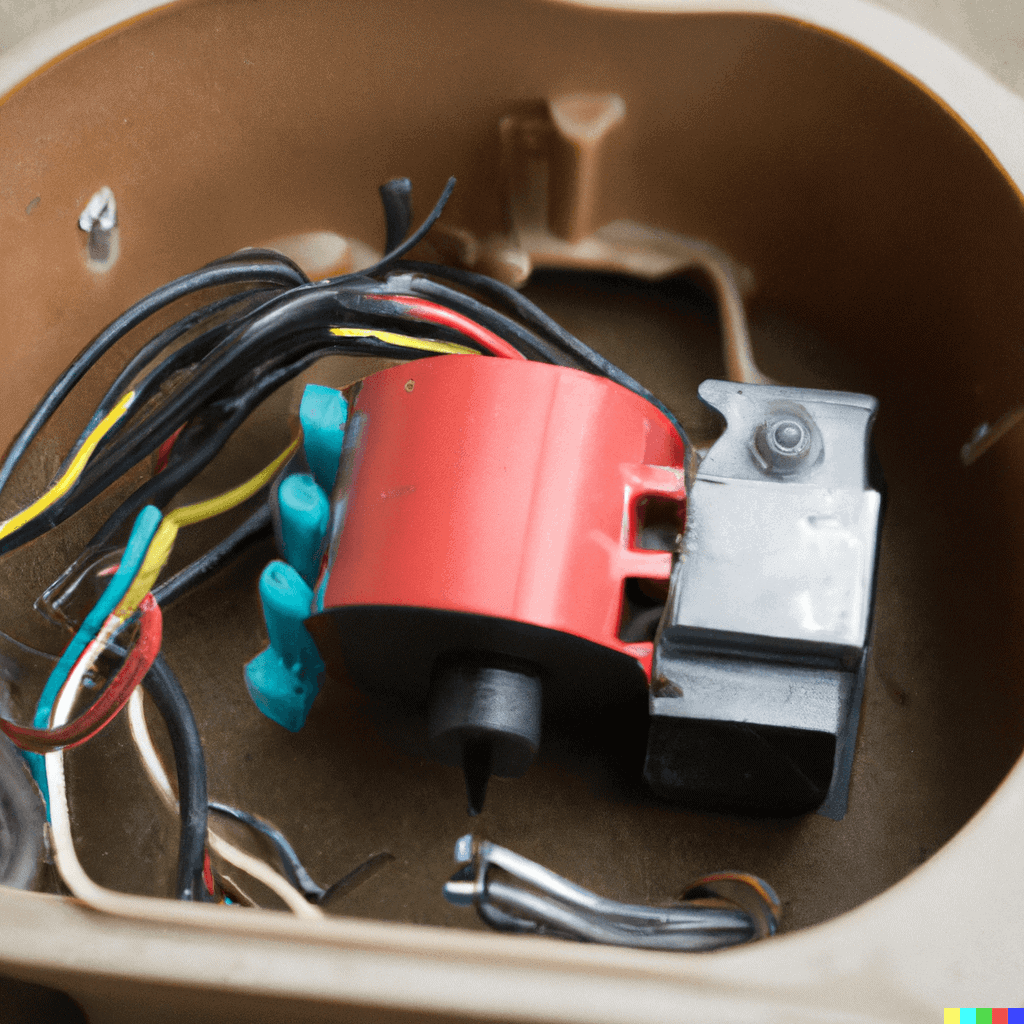Replace your Car blower motor (resistor) Regulator at the Comfort of your home
What is a Blower Motor Regulator or Resistor?
If you’re driving around and suddenly your car’s heater or air conditioning stops working, you might have a problem with your blower motor regulator or resistor. But what exactly is this little gadget and how does it keep you comfortable in your car?
A blower motor regulator or resistor is a small electronic component that controls the speed of the blower motor, which is responsible for blowing air through the vents in your car. It works by regulating the amount of electrical current flowing to the blower motor, which determines the speed at which the motor runs. Without a functioning blower motor regulator or resistor, you might find yourself stuck with either no air coming from the vents at all, or air that is either too hot or too cold.

How Much Will it Cost to Replace My Blower Motor Regulator or Resistor?
“On average, the cost of replacing a blower motor resistor ranges from $150 to $147. This estimate includes the cost of parts, which typically range from $71 to $91, and labor costs, which can vary depending on where you take your vehicle for repairs and are estimated at $44 to $56. While the cost may vary based on the make and model of your car, replacing a blower motor regulator or resistor is generally an affordable repair.”
How Often Does a Blower Motor Regulator or Resistor Need to be replaced?
Blower motor regulators or resistors don’t typically need to be replaced very often. With proper maintenance and care, a blower motor regulator or resistor can last for many years. However, if you neglect your car’s heating and air conditioning system or don’t have regular maintenance performed, it’s possible that your blower motor regulator or resistor could fail prematurely.
To ensure that your blower motor regulator or resistor stays in top shape, make sure to have your car’s heating and air conditioning system checked regularly and keep an eye out for any warning signs that your blower motor regulator or resistor might be failing. These can include issues with the speed of the blower motor or no air coming from the vents at all.
What are the Symptoms of a Bad Blower Motor Regulator or Resistor?
• Issues with the speed of the blower motor
• No air coming from the vents at all
• Strange noises coming from the heating and air conditioning system
• Heater or air conditioning not turning on at all

Is it Safe to Drive with a Bad Blower Motor Regulator or Resistor?
It is generally safe to drive with a bad blower motor regulator or resistor, as it is not a crucial component of your car’s operation. However, driving with a faulty blower motor regulator or resistor can be uncomfortable and inconvenient, as you will not be able to control the speed of the blower motor. If you suspect that you have a problem with your blower motor regulator or resistor, it’s best to have it checked out by a mechanic as soon as possible to avoid any potential issues.
How Can I Make My Blower Motor Regulator or Resistor Last Longer?
To help extend the life of your blower motor regulator or resistor, follow these tips:
• Have regular maintenance performed on your car’s heating and air conditioning system.
• Keep an eye out for any warning signs that your blower motor regulator or resistor might be failing.
• Avoid using your heater or air conditioning system when it is not necessary, as this can put unnecessary strain on the system.
• Avoid turning the blower motor speed up and down rapidly, as this can cause wear and tear on the regulator or resistor.
• Avoid letting debris or dirt build up in the heating and air conditioning system.
In conclusion, a blower motor regulator or resistor is an essential part of your car’s heating and air conditioning system that helps keep you comfortable inside your vehicle. While it’s generally not a costly repair, taking good care of your car’s heating and air conditioning system can help extend the life of your blower motor regulator or resistor and save you money in the long run.
